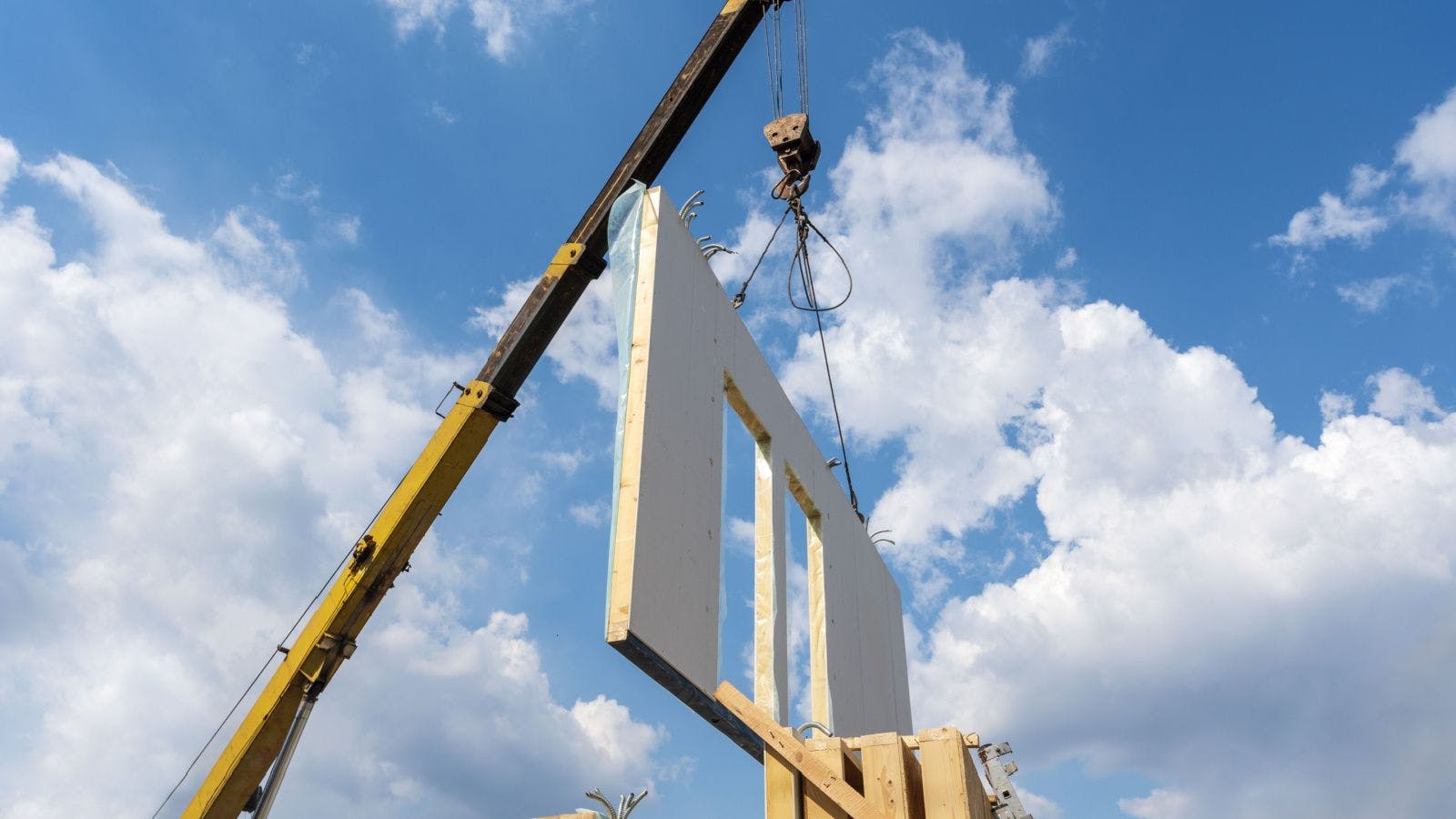
Attracting Lenders With Modular Construction Methods
Investors nationwide are looking for quality assets, placing their trust in safe investments that are deemed worth taking a risk in today’s climate. With institutional lenders adopting a cautious approach to 2024 amid rumors of long-awaited interest rate cuts, private lenders—and their opinions about what makes assets worthwhile—are more important than ever.
These factors have led to modular construction’s resurgence. This type of prefabrication, in which sections of a building are constructed off-site and assembled onsite, has been around for decades. More importantly, its benefits are aligned with today’s lenders’ priorities. Through its cost-efficiency, adaptability, reliability and environmental consciousness, modular construction is simply one of the most attractive aspects a project can offer.
COST EFFICIENCY AND SUSTAINABILITY
Modular construction grants projects an agility that directly translates into cost efficiency and faster profitability for investors and leaders. It accomplishes this by reducing overall risk, improving quality control, creating value-add potential and mitigating delays that come with inclement weather. Other benefits include planning ahead for potential supply-chain shortages and/or delays.
Meeting sustainability requirements is another significant advantage of employing modular construction methods. Compared with traditional construction methods, modular construction produces much less waste, and excess materials can be recycled and reused. Combined with today’s industry-wide emphasis on sustainable materials and the reduced need to transport materials to and from a construction site, the end product is a more environmentally friendly construction process that lenders are proud to enable and be associated with.
HEALTH, SAFETY AND RELIABILITY
One of the biggest reasons behind modular construction’s recent rise in popularity is its health and safety benefits; specifically, requiring fewer workers onsite at a time creates a smaller risk of transmission of and/or exposure to common illnesses, like the flu or the continuing variants of COVID-19. Additionally, building modules are constructed in a confined space rather than an open construction site, making it easier for project managers to control the work environment and ensure code compliance. These controlled spaces also help reduce the risk of onsite accidents.
In terms of reliability, modular construction allows for all necessary materials to be purchased and delivered in advance, preventing fluctuating prices from disrupting timelines. In cases where potential delays are factored in, construction timelines can actually be significantly accelerated. Combined with the ability to construct multiple parts of a building simultaneously, modular construction lays the groundwork for borrowers to consistently deliver ahead of schedule, which can be the foundation of a long and profitable relationship with their lender of choice.
MEETING FUTURE DEMAND
There are several other benefits to modular construction that can’t be summed up in one article: the availability of government incentives, an investor’s ability to replicate successful projects and provide repeat business, overall risk mitigation, and the incorporation of emerging technology, to name a few. Modular construction continues to evolve and create ways for the industry to advance. Now finally beginning to recover from the pandemic, the industry is better prepared than ever for potential challenges the future may pose. This future-proof quality of modular construction techniques is something lenders are on the lookout for—particularly those who finance fix and flip opportunities.
Improving on existing projects is at the core of fix and flip strategies, which makes prefabricated projects coveted opportunities. Modular construction offers an unprecedented amount of flexibility and adaptability for investors performing substantial renovations or redevelopments, resulting in a much more streamlined process that allows developers to take quicker action in areas where market trends and buyer demands shift often. For lenders, financing the renovation or redevelopment of a prefabricated building has consistently proven to be a reliable way to quickly bring attractive inventory to a market.
Both institutional and alternative lenders like to remain ahead of industry advancements and have embraced modular construction as a result. For investors looking for safe, secure and reliable opportunities in a time of economic volatility, investing in projects that employ modular construction is a prime avenue to attracting the country’s most agile lenders.
Related stories








